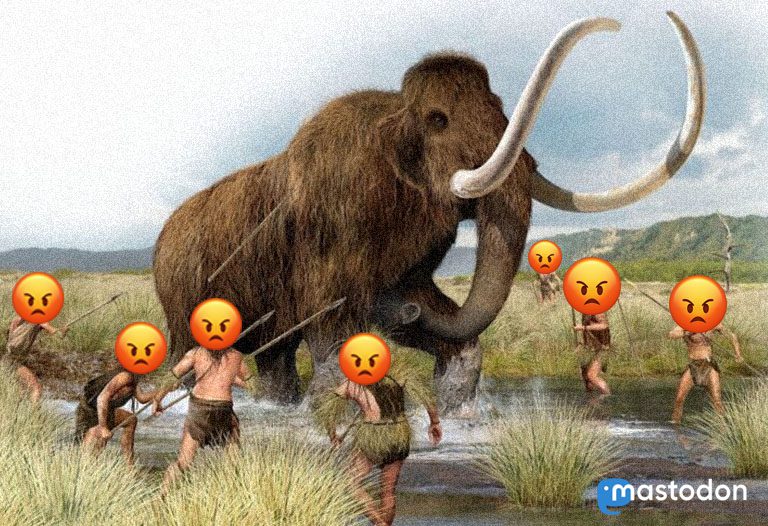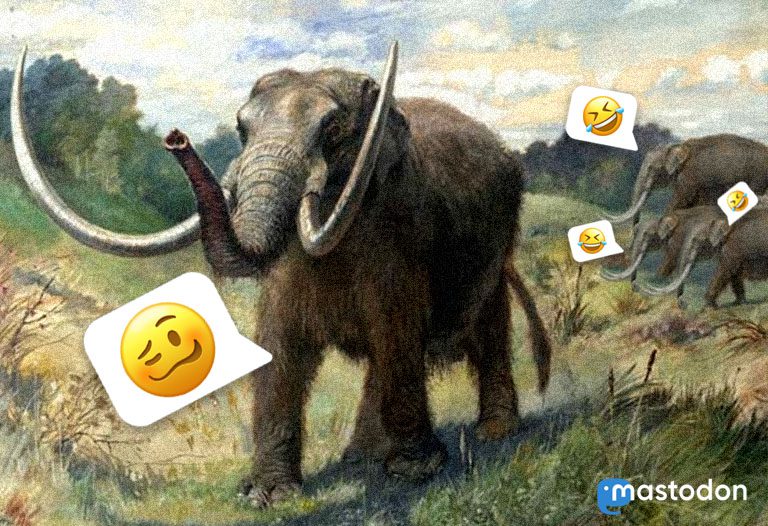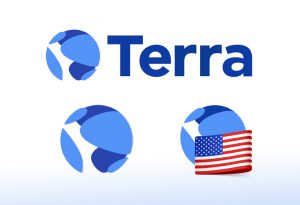
Table of Contents
ToggleThe crypto universe and all those involved in it find Twitter to be the place where it all happens on a daily basis. Information, discussions and news are communicated there. In any case, censorship and the level of hostility, end up scaring off many. But there is an alternative. Today I tell you what Mastodon is and how it competes in this monopolistic scenario.
Throughout our history, it has been evident how the lack of variants ends up giving rise to reprehensible attitudes on the part of those who totally dominate in a given field. Perhaps, as a user, you have come across such examples on Twitter or different centralized social networks.
Mastodon, was born as a response to this type of abuse and excessive controls. An alternative, in which there is no entity or even, as is usually the case in practice, a single person determining what is possible and what is not in a social network, is necessary.
Let’s see what Mastodon is and how this decentralized variant works in the microblogging world.
What is Mastodon?
Mastodon is a microblogging social network. It has an aesthetic and functionalities similar to those found in Twitter, but presents enormous differences in relation to the control over the network, its operation, organization and, of course, in its philosophy. Mastodon does not have a centralized entity or a single server to support it. As in the case of a blockchain, there are decentralized communities of servers, known as federations, that run the network’s open source code in order to support it.
It is evident that the first comparison that comes to our minds, when appreciating Mastodon’s social network, is with Twitter. In any case, their differences are evident at first glance. However, these divergences are not only rooted in their organization and philosophy. In terms of everyday use, there is a fundamental difference. While the 280 characters act as a cap on Twitter, Mastodon allows us to write up to 500 of them.
Its method of organization leads us to conclude that Mastodon, founded by Eugen Rochko, is a social network composed of sub-networks. Any user has the option to create his own server, which is here known as “instance” or also “community”. It is possible to create exclusive content for its members as well as open to users belonging to other instances.
2016 was the launch year of Mastodon’s main instance. Behind the development of this network is the GNU operating system, created by activist and founder of the free software movement Richard Stallman. This operating system gave rise to an open standard called “Ostatus”, which underlies the idea of creating different decentralized social networks that allow users from different servers or nodes to interact with each other.
After this brief introduction to Mastodon, let’s take an in depth look at the instances and the network at work.
Mastodon and its instances
Beyond presenting itself as an uncensored alternative to Twitter, this does not mean that Mastodon has no rules at all. At the time of its creation, each instance determines its own rules, which must conform to the minimum parameters that we find defined in the main instance of the network. These refer to certain rules of conduct with the ultimate objective of avoiding type content:
- Sexist
- Racist
- Xenophobe
- Child pornography
- Excessive advertising or spam
To date, the most popular communities of the social network on the mastodon.social server, created by the founder of the network himself and which has 350,000 followers, tend to be those that focus on:
- Politics
- Movies
- Sports
- Technology
- Memes
Now, how does Mastodon work?
Users have two ways to communicate. It is possible to create exclusive content for the users of a certain community, but it is also possible to share content that can be viewed by users of other instances (other communities).
To enter an “instance” it is necessary to apply for admission and wait for it to be granted. Each of them, functioning as an independent server, is managed by an owner, usually its creator. It is up to the latter to cover its expenses, which it may do so with its own capital or, as is often the case, through donations from its members.
It is important to note that an instance is not a hermetic group focused on separating users from the network. Whoever belongs to a community can follow and have followers who are in completely different instances.
A striking feature is the formation of the name of each user in the network. It is composed of two parts. First, the name chosen by each participant in the network and then the instance in which he/she is registered. This is why they look as follows:
- @user@instance.com
When evaluating Mastodon, users highlight the efforts made in the protection of personal data. Opening an account, as we will see later, is extremely simple and there is no collection of personal data or user behavior.
In terms of usability, it has an interface similar to that of social network management and scheduling tools such as Hootsuite or Tweetdeck. A columnar layout, which facilitates the display of several fields at the same time, offers a “chronological feed” that allows the consumption of content without the need for advertising or paid content.

How to create an account?
To register in Mastodon, we must first decide in which instances or communities we wish to take part. For this reason, the first step is to enter the web joinmastodon.org and click on “Find a server” where you will find a list of available servers in Mastodon. This list can be filtered both by subject and by language. We will also look at how many users are involved in each of these instances.
Many users, in order to make their first steps on the network, often register on mastodon.social. As the most popular instance, it can give us an interesting sample of the network in general.
You will notice that the home page of the vast majority of instances has a similar organization. On the right, a central page with the following information the description of the community and on the left the options corresponding to identification or registration. Let’s see how to do this last one.
How to register in Mastodon?
Registering in the decentralized alternative of the microblogging world is as simple as filling out the form with:
- Our user name
- E-mail address
- A password
After fulfilling these few requirements, click on “Register”. This process will conclude with the arrival of an email to the address we have placed in the previous step. The purpose of this piece is to confirm the mailing address. Therefore, a click on “Verify Email” will have been the last step to register in Mastodon.
It is important, if you are new to TweetDeck, that you go to the Mastodon instance where you have registered and follow the basic instructions presented there. Those of us who focus our social networking background on Twitter will find a new and somewhat strange interface. Anyway, nothing that a little practice can’t help us overcome.

Mastodon, looking to the future
As the germ of decentralization, empowered by the success of blockchain technology, continues to permeate the collective unconscious, Mastodon-style solutions will acquire an importance that in this day and age, it has not yet achieved.
Cases of censorship, mutilation of freedom of expression and constant harassment of certain users in centralized social networks have unfortunately become a regular occurrence.
When decisions about such powerful tools are no longer in the hands of a few, their operation comes closer to what their users want or need. Lens Protocol has similar objectives to those that Mastodon deploys.
Undoubtedly, the current lack of connection with the blockchain world takes away some of Mastodon’s prominence within our ecosystem. However, the philosophical affinity is undeniable. The right solutions to our decentralized spirit are in place, and it is up to us to make sure they get the visibility they deserve.








